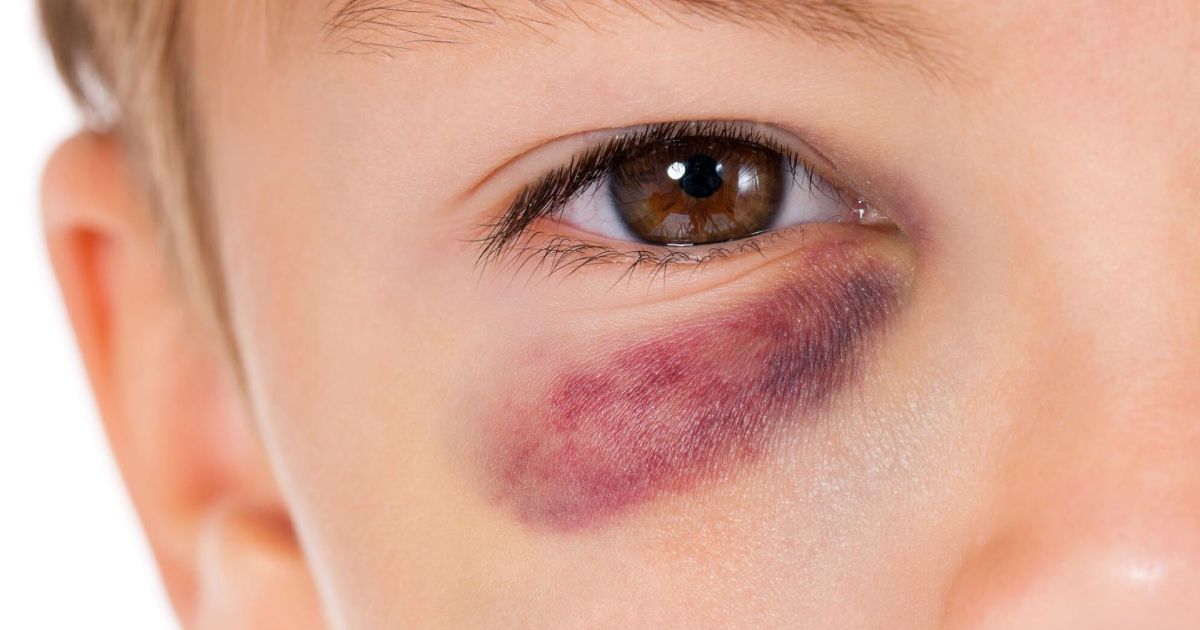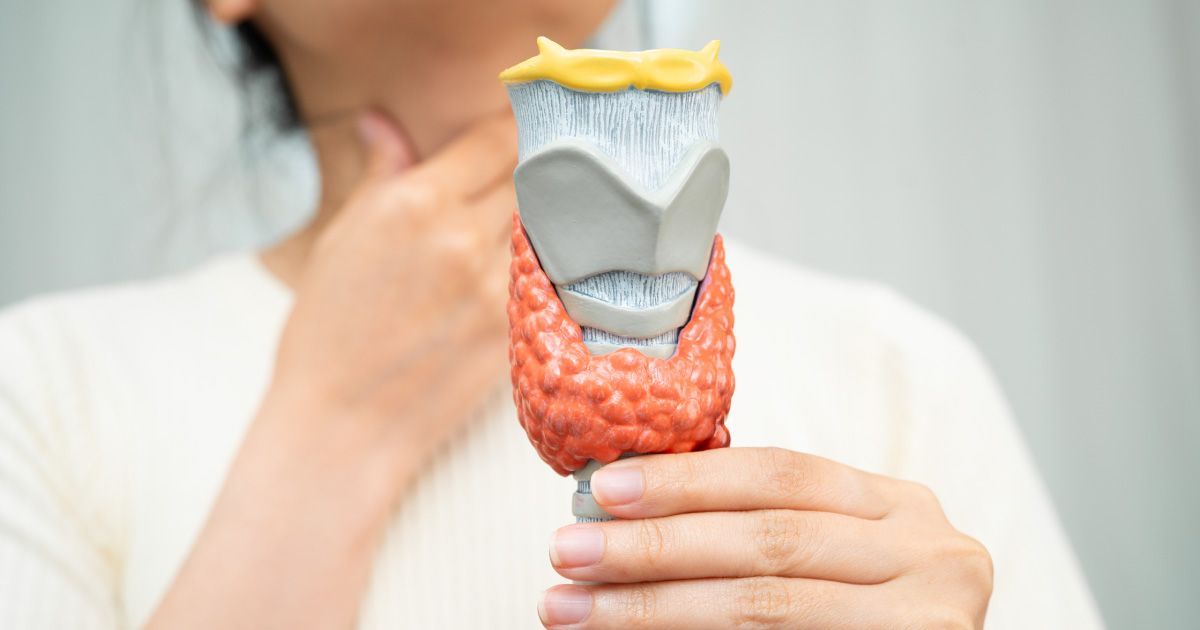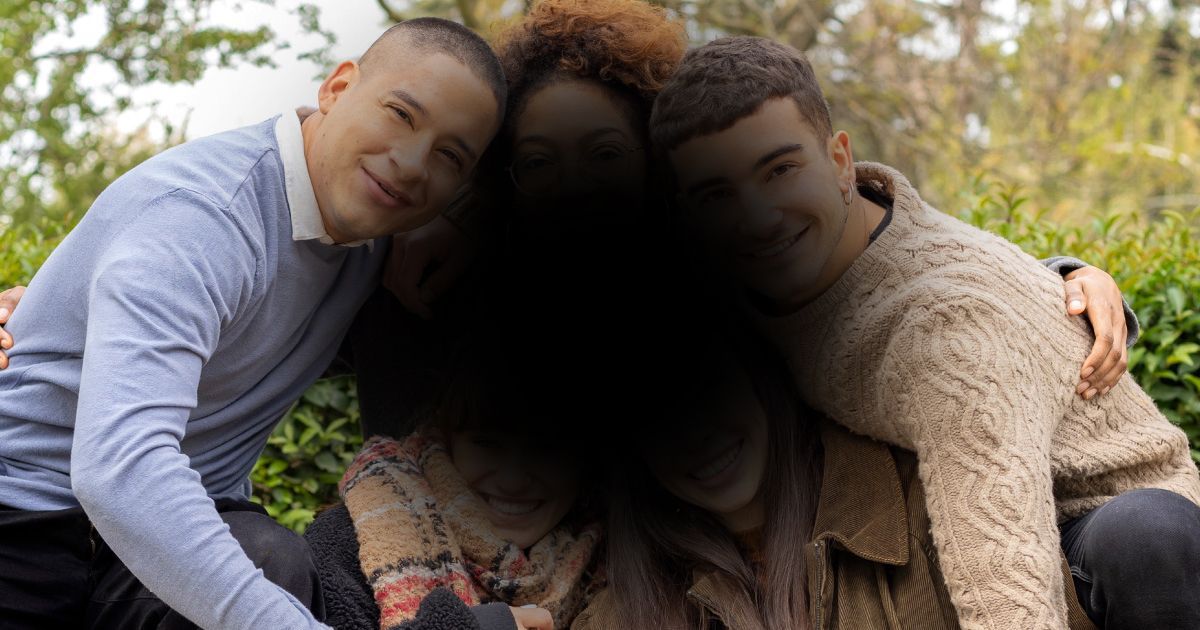Black Eyes and Vision Changes: What You Need to Know

Read time: 6 minutes
A black eye, also known as a periorbital hematoma, is a common injury that occurs when blood and other fluids collect in the space around the eye. While often associated with physical trauma, black eyes can have various causes and may be accompanied by vision changes. In this comprehensive article, we'll explore the causes, symptoms, and treatment options for black eyes, as well as discuss when vision changes should be a cause for concern.
Causes of Black Eyes
A black eye typically results from blunt force trauma to the face or head, making physical trauma the primary cause. Common incidents leading to black eyes include sports injuries, falls, car crashes, and physical altercations. Additionally, unintentional impacts such as walking into a door or being struck by a ball can also result in this condition. When an impact occurs, it can damage the blood vessels and soft tissues around the eye, leading to swelling and discoloration. The discoloration occurs due to blood and other fluids pooling in the tissues around the eye, often accompanied by swelling and pain.
Other symptoms include various other causes of black eyes:
- Surgery: Certain surgical procedures, particularly those involving the face, nose, or eye area, may result in a black eye as a temporary side effect. This typically resolves as the surgical site heals.
- Sinus Infections: Severe sinus infections can sometimes cause inflammation and swelling that extends to the eye area, creating a black eye appearance.
- Allergic Reactions: Severe allergic reactions affecting the face can lead to swelling and discoloration around the eyes, resembling a black eye.
- Dental Procedures: Some dental procedures, especially those involving the upper jaw or sinuses, may occasionally cause bruising around the eye area.
- Medical Conditions: Certain medical conditions can also cause discoloration around the eyes that looks like a black eye. These conditions include amyloidosis, skull base tumors, and neuroblastoma (in children). Each of these conditions requires specific medical attention and management tailored to the underlying cause.
Symptoms of Black Eyes
The primary symptom of a black eye is noticeable discoloration around the eye area, which typically progresses through several stages. Initially, there is swelling and redness immediately following the injury. Within a few hours, the area may develop a blue or purple coloration due to blood pooling under the skin. Over the next few days, the bruise might take on a green tint, signaling the breakdown of blood products. As healing progresses, the bruise may turn yellow or brown as the body absorbs and clears the remnants of the bruise.
Additional symptoms associated with a black eye can vary in severity and may include pain or tenderness around the eye, especially when touched or when moving the eye. Blurred vision might occur due to swelling or direct trauma to the eye. Some individuals may experience difficulty fully opening the affected eye or may notice a headache as a result of the injury. In more severe cases, such as those involving head trauma, dizziness or nausea might accompany the black eye, indicating a potential concussion that requires medical evaluation. Prompt assessment and appropriate care can help manage symptoms and aid in the proper healing of a black eye.
Vision Changes Associated with Black Eyes
While many black eyes do not cause significant vision problems, some injuries can lead to vision changes that require medical attention. These changes may include:
- Blurred Vision: Blurred vision can occur due to swelling around the eye or damage to the eye itself. If blurred vision persists for more than a few days, it's essential to consult an eye doctor.
- Double Vision: Double vision, or diplopia, may result from damage to the muscles or nerves controlling eye movement. This symptom can be temporary or persistent and should be evaluated by a medical professional.
- Floaters or Flashes of Light: If you experience sudden increases in floaters (small specks or lines in your vision) or flashes of light, it could indicate retinal damage and requires immediate medical attention.
- Reduced Peripheral Vision: Swelling around the eye can temporarily restrict peripheral vision. However, if this persists or is accompanied by other vision changes, seek medical evaluation.
- Light Sensitivity: Increased sensitivity to light (photophobia) can occur following an eye injury and may indicate inflammation or damage to the eye structures.
- Changes in Color Perception: In rare cases, trauma to the eye can affect color perception. If you notice changes in how you perceive colors, consult an eye specialist.
Treatment Options for Black Eyes
Most black eyes can be treated at home with conservative measures:
- Cold Compress: Apply a cold compress or ice pack wrapped in a cloth to the affected area for 15-20 minutes at a time, several times a day. This helps reduce swelling and pain.
- Pain Relief: Over-the-counter pain relievers such as ibuprofen or acetaminophen can help manage pain and reduce inflammation.
- Elevation: Keep your head elevated, even while sleeping, to help reduce swelling.
- Rest: Allow the injury time to heal by avoiding strenuous activities and protecting the affected area from further trauma.
- Gentle Massage: After the initial swelling has subsided (usually after 24-48 hours), gentle massage of the area can help promote circulation and reduce bruising.
- Warm Compress: After 48 hours, switch to a warm compress to help promote blood flow and healing.
- Natural Remedies: Some people find relief with natural remedies such as arnica gel or vitamin K cream, although scientific evidence for their effectiveness is limited.
When to Seek Medical Attention
While most black eyes heal on their own, certain symptoms warrant immediate medical attention:
- Vision changes that persist or worsen
- Severe pain or swelling
- Bleeding from the eye
- Inability to move the eye normally
- Clear fluid draining from the nose or ears
- Signs of infection (increased redness, warmth, or pus)
- Fever
- Severe headache or confusion
These symptoms could indicate more serious injuries, such as orbital fractures, retinal detachment, or traumatic brain injury.
Potential Complications of Black Eyes
In most cases, black eyes heal without complications. However, some potential complications can occur:
- Hyphema: A hyphema occurs when blood collects in the anterior chamber of the eye (the space between the cornea and iris). This condition can increase pressure within the eye and potentially damage the optic nerve.
- Retinal Detachment: Trauma that causes a black eye can sometimes lead to retinal detachment, a serious condition that requires immediate medical intervention to prevent vision loss.
- Orbital Fracture: A forceful impact may cause a fracture in the bones surrounding the eye. This can lead to vision problems, sinus issues, and in severe cases, may require surgical repair.
- Traumatic Iritis: Inflammation of the iris (the colored part of the eye) can occur following trauma and may lead to light sensitivity, pain, and vision changes.
- Increased Risk of Glaucoma: Some studies suggest that eye trauma can increase the risk of developing glaucoma later in life. Regular eye check-ups are important for monitoring long-term eye health.
Prevention of Black Eyes
While not all black eyes can be prevented, some measures can reduce the risk:
- Wear protective eyewear during sports or potentially hazardous activities.
- Use seatbelts and appropriate child restraints in vehicles.
- Childproof your home to prevent falls and accidents.
- Practice proper technique and use appropriate safety gear in contact sports.
The Takeaway
Black eyes are common injuries that often look worse than they are. While most cases heal on their own with simple home care, it's crucial to be aware of the potential for more serious injuries and vision changes. By understanding the causes, symptoms, and appropriate treatment options, you can ensure proper care and know when to seek medical attention. Remember, your vision is precious – when in doubt, always consult a healthcare professional to protect your eye health and overall well-being.
Share this blog post on social or with a friend:
The information provided in this article is intended for general knowledge and educational purposes only and should not be construed as medical advice. It is strongly recommended to consult with an eye care professional for personalized recommendations and guidance regarding your individual needs and eye health concerns.
All of Urban Optiks Optometry's blog posts and articles contain information carefully curated from openly sourced materials available in the public domain. We strive to ensure the accuracy and relevance of the information provided. For a comprehensive understanding of our practices and to read our full disclosure statement, please click here.


















